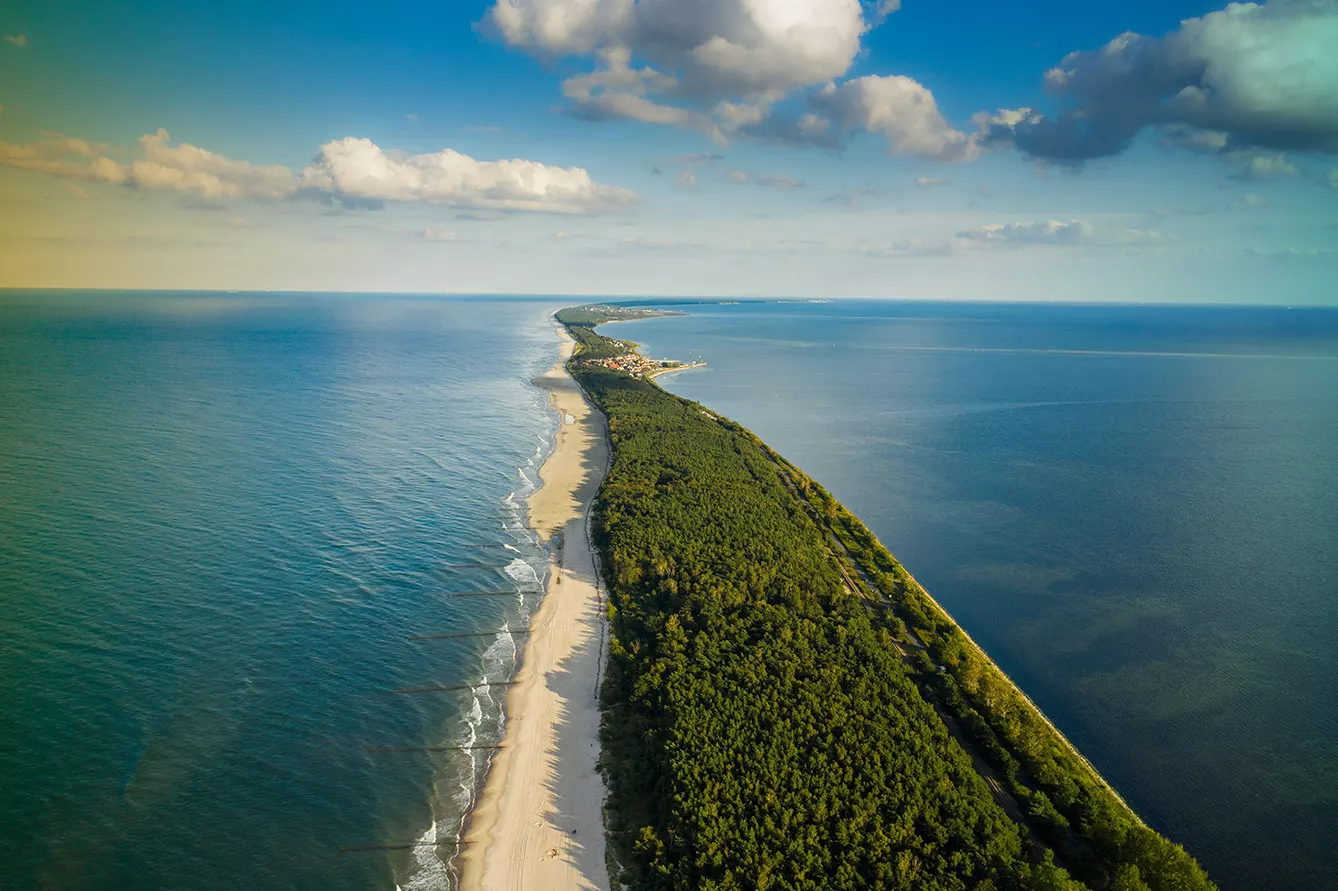Leave the busy area of Poland’s Tricity (Gdańsk-Sopot-Gdynia) and head north toward the northernmost point of Poland. If you follow the crowd on the major roads in summertime, you will soon find yourself in a place that’s almost too good to be true: the Hel Peninsula.
Hel Peninsula: seaside, sea the other side
Well, ok – ‘soon’ may be kind of an exaggeration, as, during the summertime, this wide, long road is usually jam-packed with tourists. There’s a reason for the jam: the 35-kilometer-long Baltic spit in the North of Poland, which shields Tricity from the open waters of the Baltic Sea, is, in some places, as narrow as 150 meters.
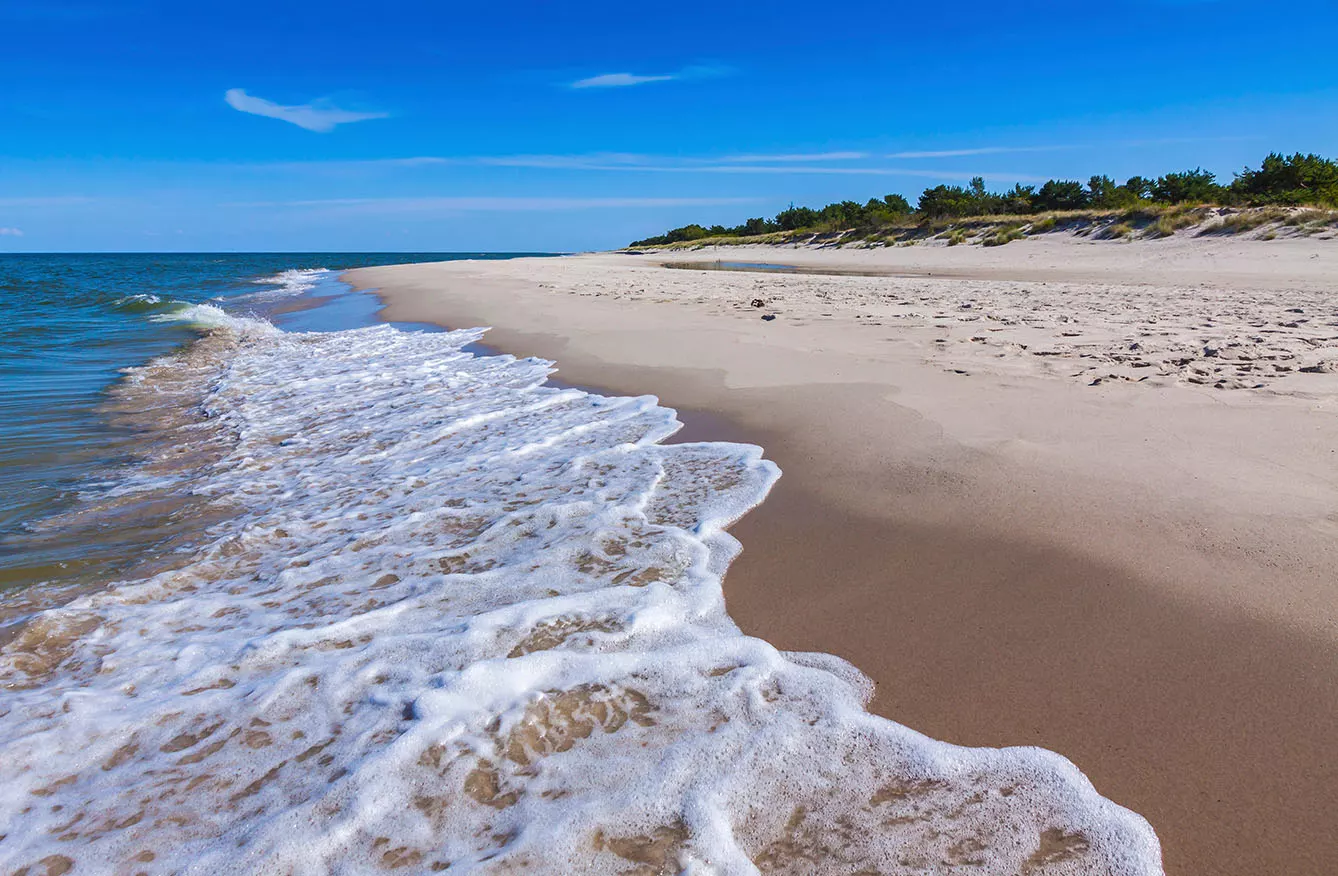
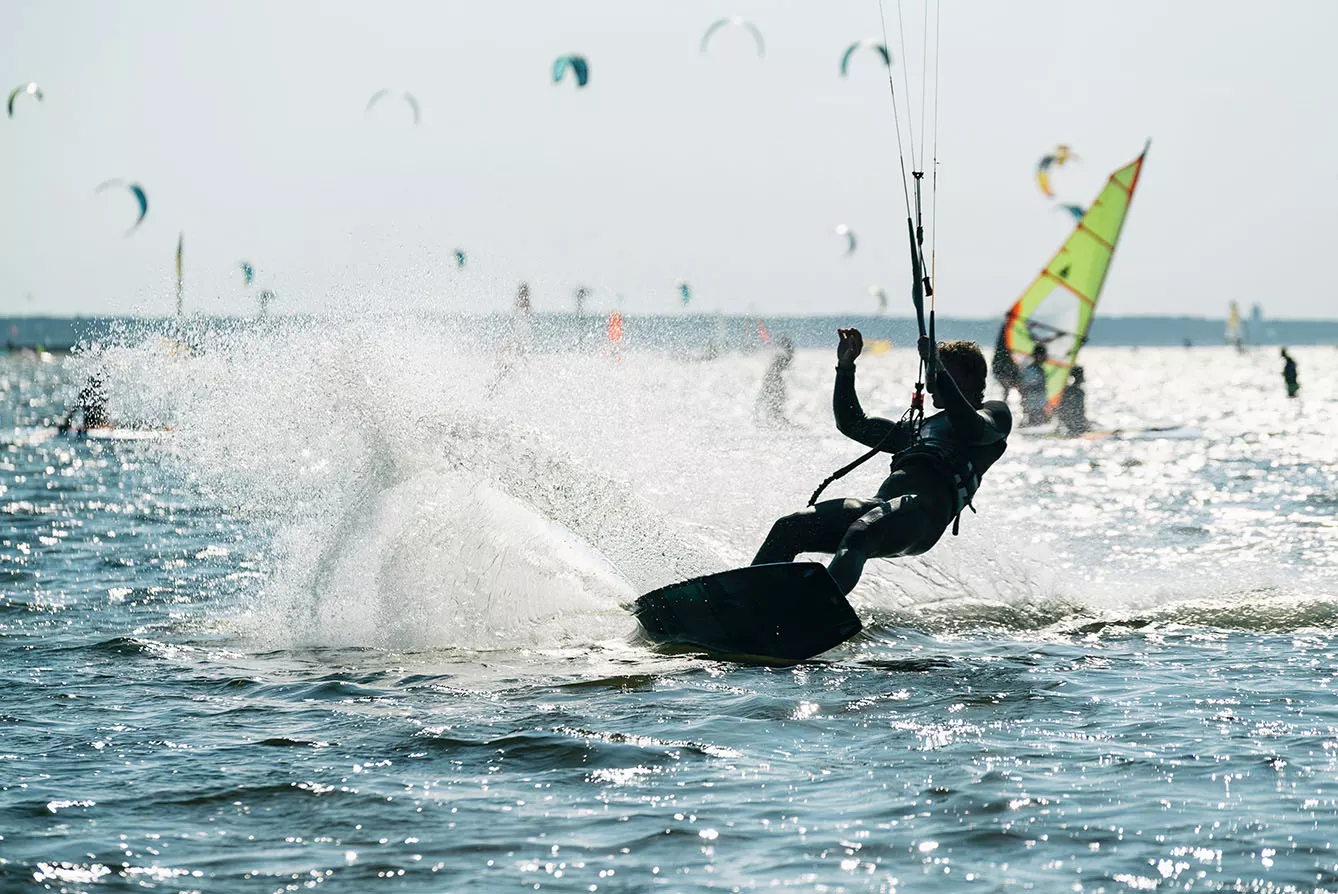
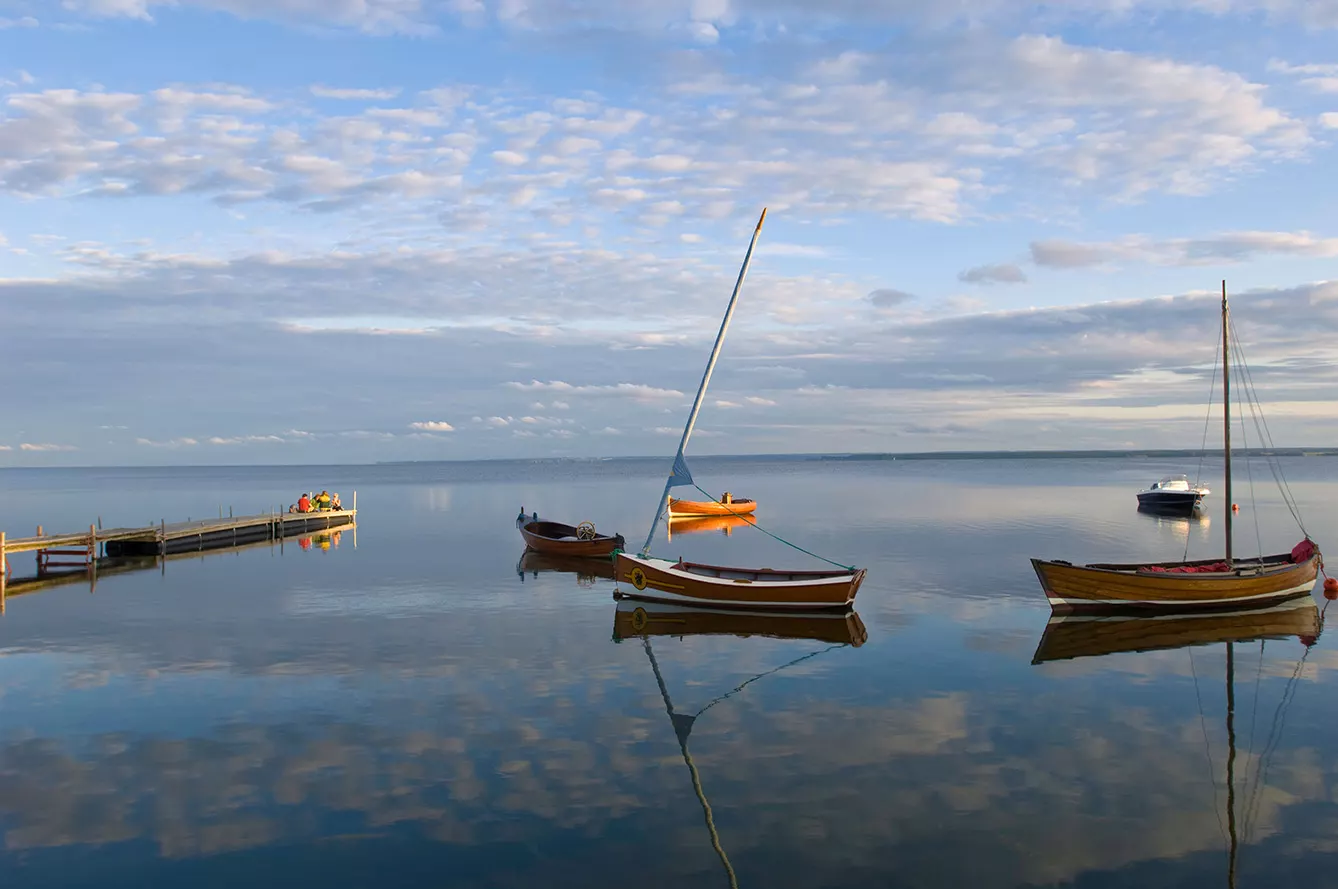
In today’s current, mostly peaceful times, this makes Hel Peninsula a unique selling point for tourists. Facing Gdańsk Bay, you stand on a sandy beach conveniently blocked from the wind. The spot is perfect for windsurfing, kitesurfing, safe swimming, and tanning – but at the same time, the cool breeze still chills your back. It blows in from the beach on the opposite side of the spit, which is also sandy and white but exposed to the harsher climate conditions of the open Baltic.
One road to Hel
The long and this narrow Hel Peninsula allows for only one road and one railroad, both being used now by tourists and locals. But it was not always so, not entirely at least. Defending the entrance to the Gdańsk Bay, which is at the widest and highest point at the end of the spit, was considered a military objective. Older Poles still remember that accessing the villages was time-tracked by the military to avoid enemy agents penetrating the military facilities.
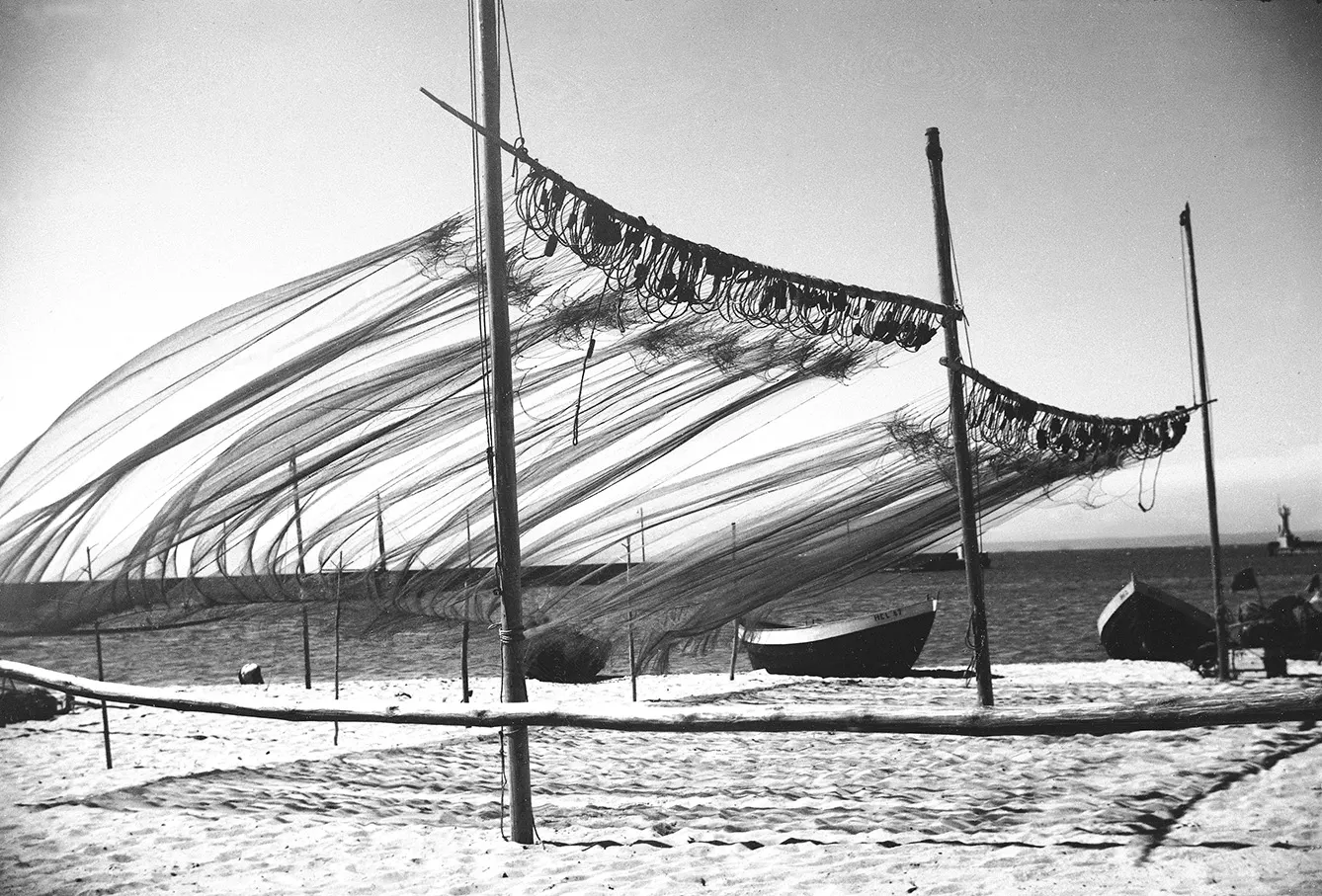
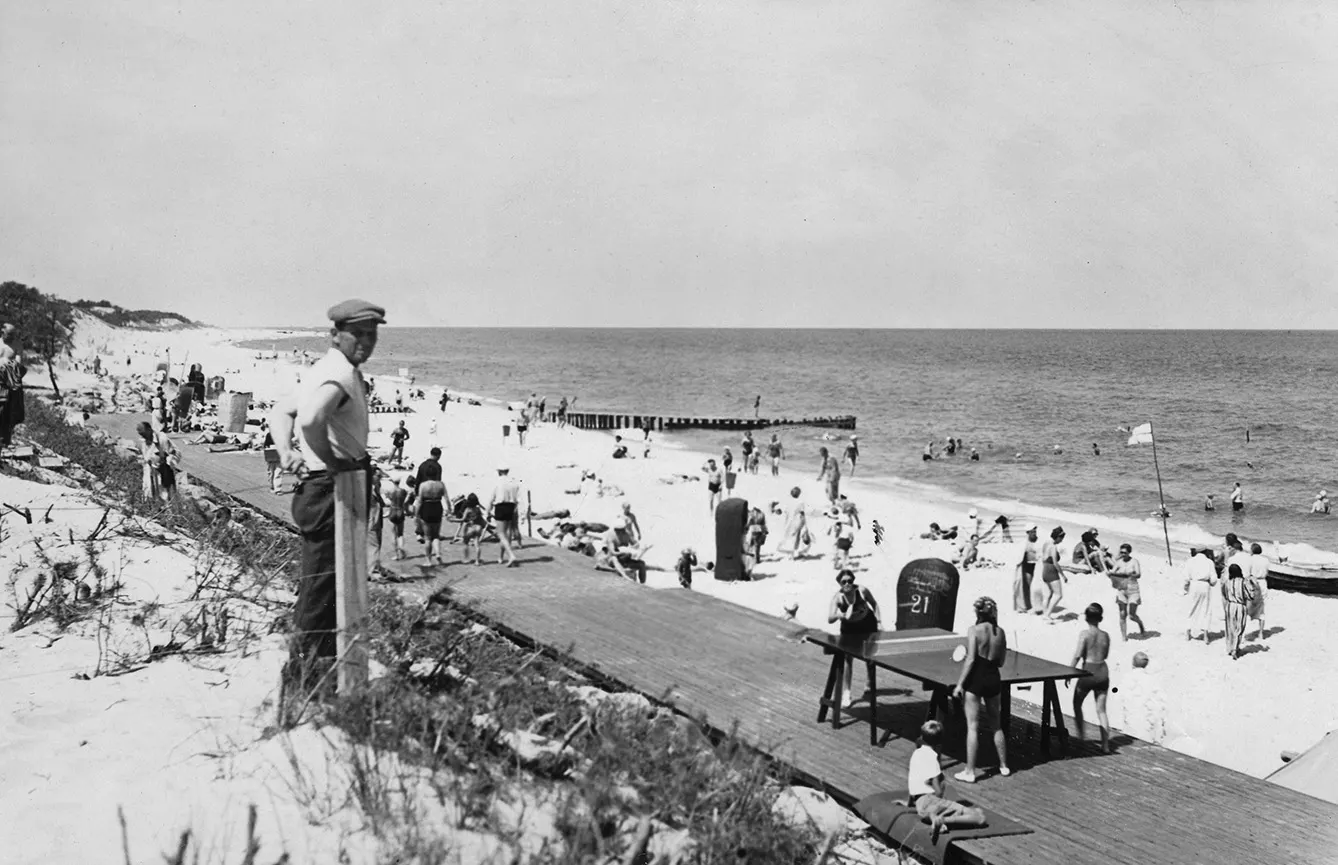
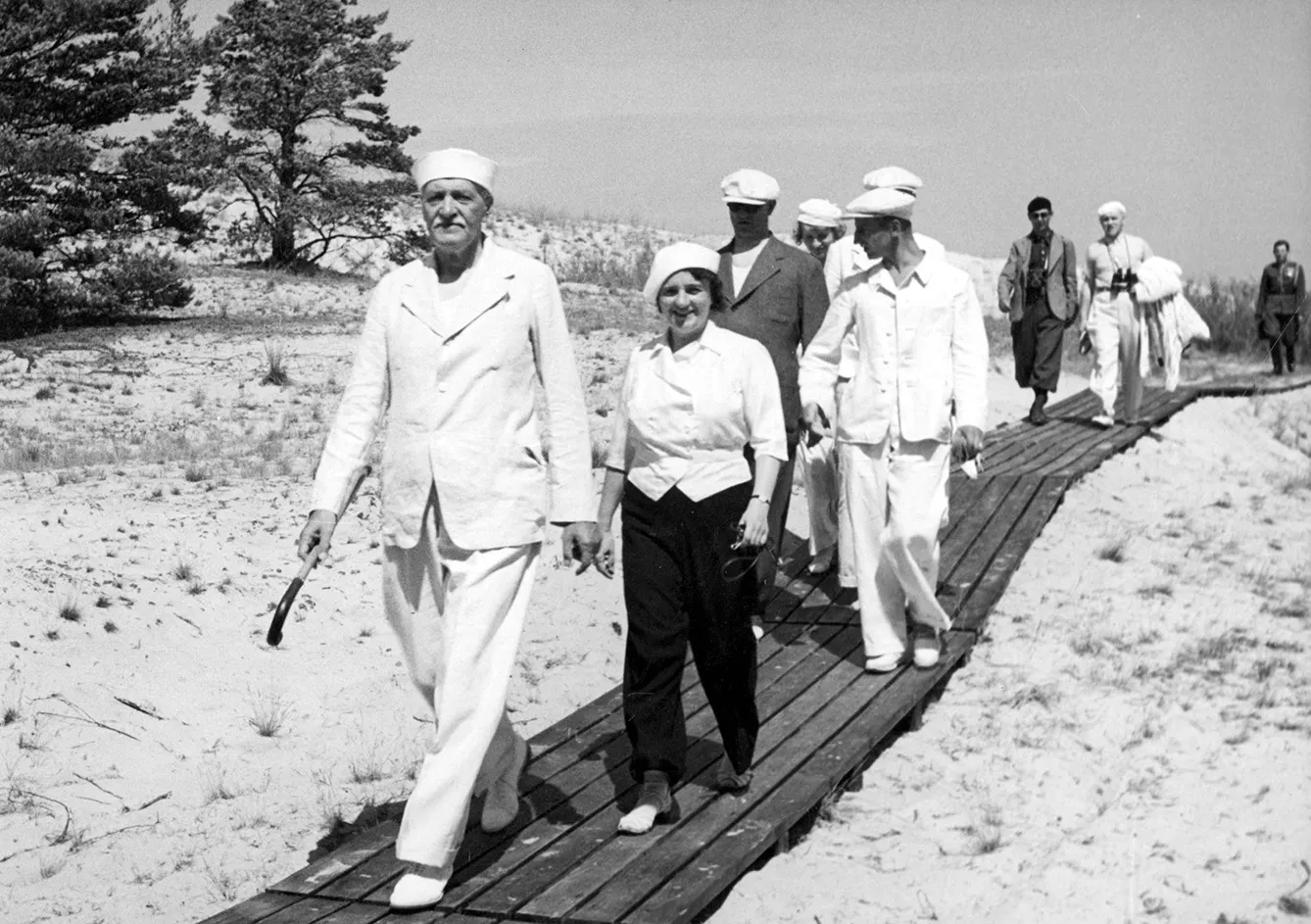
Oh yes, the villages. Although Poles like to play puns on the Hel/Hell association (with road No. 216 literally called the Road to Hel, and the public bus that takes you along the way is Line 666), villages located on the spit are anything but hellish (at least, if you’re not allergic to crowds).
Chałupy welcome to
The name Hel, which is the village at the endpoint on the Spit that gives its name to the peninsula, means something like high and windy. And along the road and railway to Hel sit a network of fishing villages that have developed into tourist spots. You enter the peninsula through the relatively large town of Władysławowo, the site of Poland’s first war port, established in the 17th century. Then, on the way to Hel, you pass Chałupy, Kuźnica, Jastarnia, and Jurata.
As for the tourist towns, most were developed in the interwar period. These days, Jurata, named after the Lithuanian pagan goddess Juraté, is a favorite Baltic seaside spot for the Polish intelligentsia and celebrities alike. It’s even home to the Presidential Residence. The peninsula’s namesake town is still more of a military base.
With the advent of state socialism, Hel Peninsula beach resorts got richer with larger workers’ vacation hotels. Still, they largely remained rather elite – whenever you hear a hit vacation song from the 1960s or 70s, it most likely happens there. And this is also where vacation pilgrimages happen to this day.
With the advent of a modern and international lifestyle, Hel Peninsula beach resorts are a great spot for classy seaside holidays with windsurfing and all the palette of summertime features. Remember that the Baltic Sea may not be the warmest of all, but its white sandy beaches are incomparable to many in the warmer climate, and the wildlife, as well as cultural offerings, make up for all the flaws.
Check out our article: Destination Romania: A Beach-Lovers Paradise


